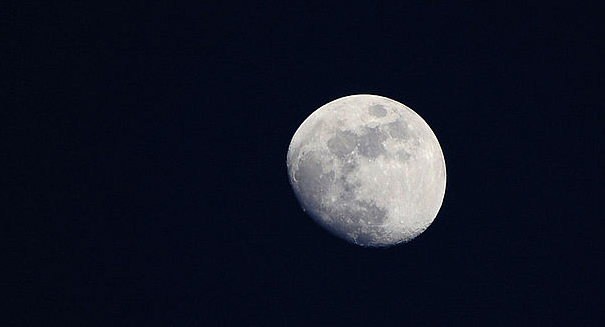
The moon wasn't always the barren wasteland we see today.
Surprising new research has found that our barren moon may have once had a surface that erupted with geysers of lava, and researchers think they know why.
At one point long ago, the lunar surface was very active place, and in fact may have been the size of Mars when it crashed into Earth in the early days of our Solar System, according to a Space.com report.
As a result, this newly formed chunk of rock was a very geologically active place, with magma bubbling up and breaking the surface to form “fire fountains” — think Old Faithful, but with lava.
But what was the driving force behind this? Scientists think they know, and it could help them learn more about the conditions of the early moon.
They think it has something to do with carbon monoxide. Carbon was probably the main driving force along with a little bit of water and sulfur.
The moon’s makeup was probably similar to that of Earth’s, as concentrations of lava found on the ocean floor of Earth appear similar to what might have been on the moon.
Scientists made the findings by studying volcanic glasses on the moon, which act as miniature time capsules of what lunar conditions were like way back when the glass hardened. It basically records data of what the lava’s makeup is.
New measurements of this volcanic glass indicate that it was steeped in carbon, which had combined with oxygen to make carbon monoxide as this magma rose to the surface. Then, the carbon monoxide was propelled upward. It’s like opening a can of sad and seeing gas escape because of a decrease in pressure. This also helped the magma rise.